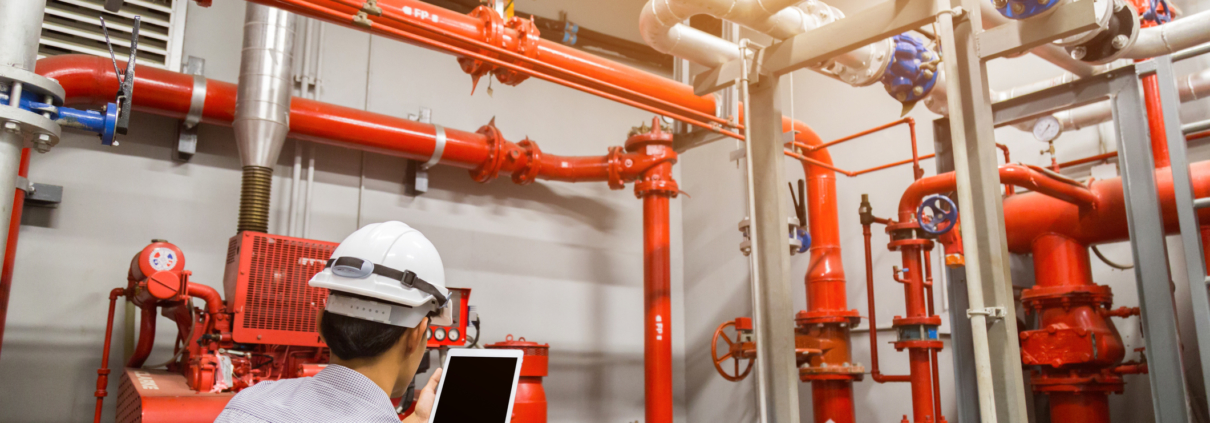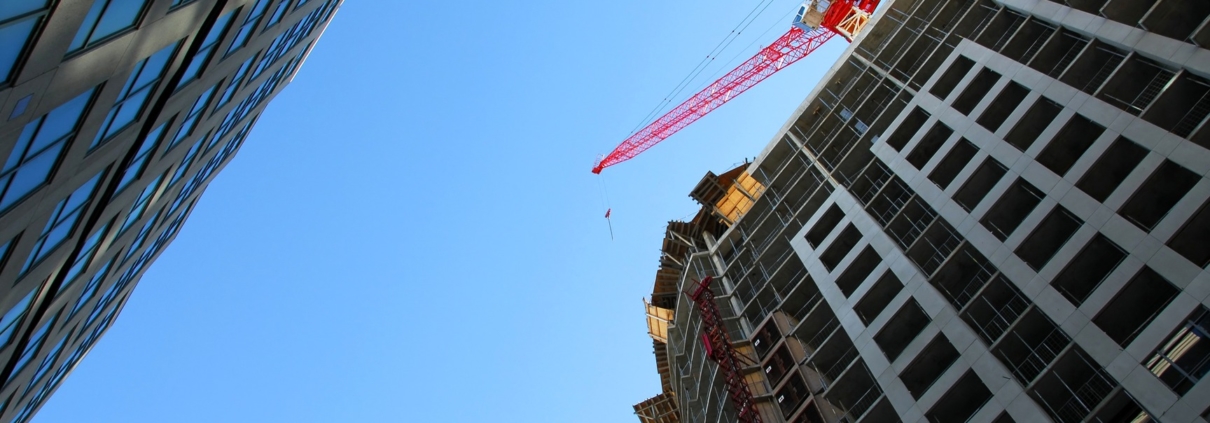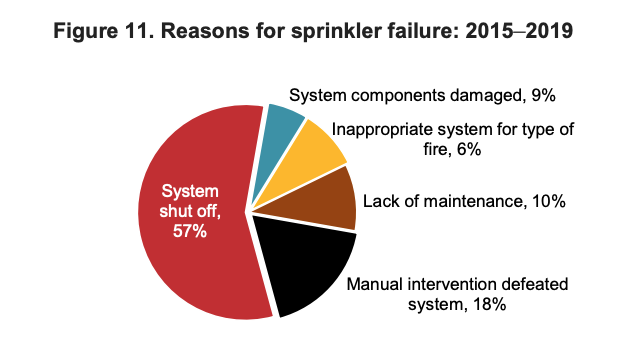It is common practice to remove the solenoid when testing and maintaining water-based fire protection systems. While the NFPA does not expressly state that this practice is dangerous, there is ample anecdotal evidence that many inspectors and maintenance workers forget to replace the solenoid after the testing.
With pre-action and deluge solenoid valves, removing the valve during testing in order to prevent accidental trip of the system is par for the course. As all building owners know, deluge systems must be fully flooded every three years, and a partial trip test performed on the off years. If the solenoid is left off after the system is tested then the entire system is, of course, impaired.
As we discussed in our article, Why Sprinkler Systems Fail, the leading cause of sprinkler system failure is human error and the removal and failure to replace a solenoid is a great example of that.
NFPA 25, The standard for Inspection, Testing, and Maintenance of Water-Based Fire Protection Systems does not state that the solenoid cannot be removed but rather suggests a far more complex process of triggering the fire alarm panel and then resetting the system during scheduled testing and maintenance. Time constraints and the hustle of daily life often inspire shortcuts and shortcuts can increase the chance of human error. Recent changes to NFPA 13 2019 – 8.3.1.2.1 require the coil on a releasing solenoid of pre-action systems to be monitored. A fairly new product called the “CoilKeeper” can be added to a protection system and then when a solenoid coil is removed it activates a set of contacts that sends an alert to a control panel, alerting personnel that the system is being tested.
Effective January 1, 2021, NFPA 13, the Standard for Installation of Sprinkler Systems, does require that solenoids send an audible and visual signal to the panel when they are removed.
For many business owners the opaque nature of testing and inspection makes all fire protection seem shrouded in complexity and mystery. With XL Fire Protection, your testing and inspection are transparent and done according to all the latest NFPA regulations (and then some). Our teams are union installers, testing and maintenance and designers and as such adhere to the highest standards.



